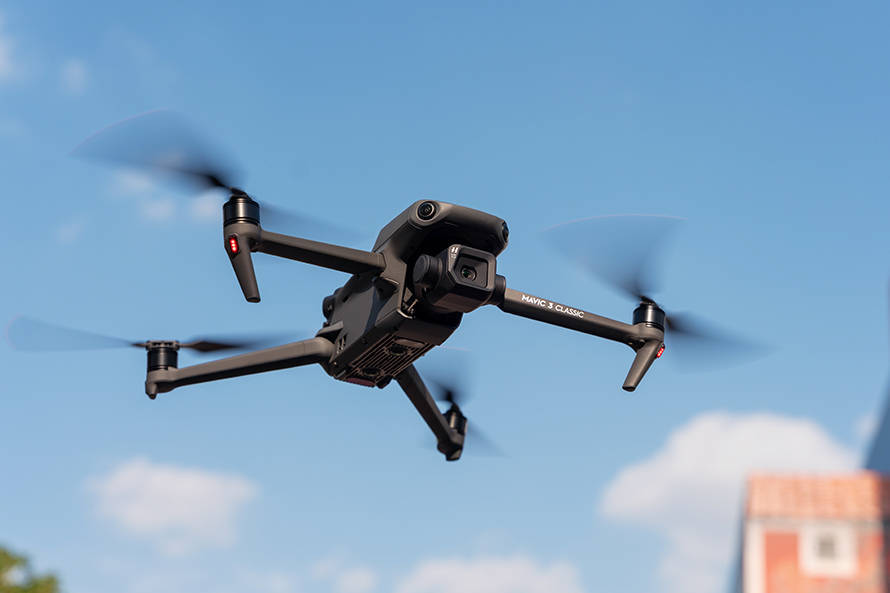Exploring the Advanced Capabilities of the MQ 9 Drone Technology
The versatility and impressive performance of the MQ-9 drone make it a favored choice among defense forces globally. Its design incorporates cutting-edge features, including sophisticated sensors and cameras that allow for precise real-time data collection, essential for intelligence gathering and tactical planning.
Key Features and Technology Enhancements
Equipped with robust avionics and propulsion mechanisms, the MQ-9 drone guarantees superior flight stability and longevity in the air. It boasts a high-altitude endurance, able to fly up to 50,000 feet, which underlines its operational capabilities across diverse geographic landscapes.
Enhanced Surveillance and Reconnaissance
The MQ-9’s ability to hover over expansive areas and provide detailed monitoring is facilitated by its advanced imaging systems. These sensors include infrared and synthetic aperture radar technologies, offering unparalleled inspection accuracy during missions regardless of weather conditions or visibility.

- Precision Target Engagement: The drone’s armament capabilities ensure precision in target engagement, minimizing collateral damage and enhancing mission success rates.
- Autonomous Flight Features: Integrating AI-driven systems, the MQ-9 supports autonomous operations for mission-critical demands, reducing the need for manual piloting and improving efficiency.
- Data Utilization: The integration of real-time data processing units enhances the drone’s ability to assess and relay information swiftly to commanders for actionable decisions.
Applications Beyond Military Use
While primarily known for military applications, the MQ-9’s sophisticated systems also find utility in civilian contexts. This includes disaster management, where it aids first responders by mapping out affected areas for strategic resource deployment. Furthermore, it plays a significant role in border surveillance, helping in the detection and prevention of unauthorized crossings.
Environmental Monitoring:
Given its long endurance and extensive flight capabilities, the MQ-9 drone can be employed for environmental monitoring, studying climate change impacts and wildlife preservation efforts by collecting critical aerial data.
Future Prospects
The evolution of MQ-9 technologies promises further enhancements in terms of range, stealth, and autonomous functionalities, paving the way for integrated systems that can both communicate and operate in complicity-free environments. As technology advances, there is potential for broader integration into humanitarian efforts and global safety measures, expanding its impacts beyond traditional boundaries.
FAQs
What distinguishes MQ-9 drones from other models?
The MQ-9 drones are distinguished by their advanced sensor systems, high endurance, and precision engagement capabilities, which sets them apart from other UAVs in both military and civilian sectors.
Can MQ-9 drones be used in non-military contexts?
Yes, the MQ-9 drones have diverse applications including environmental monitoring, disaster management, and border security, thanks to their extensive surveillance and data collection capabilities.
What future advancements can be expected for MQ-9 technology?
Future advancements in MQ-9 technology could include improved stealth features, extended range capabilities, and enhanced autonomous functions, facilitating broader application across various fields.